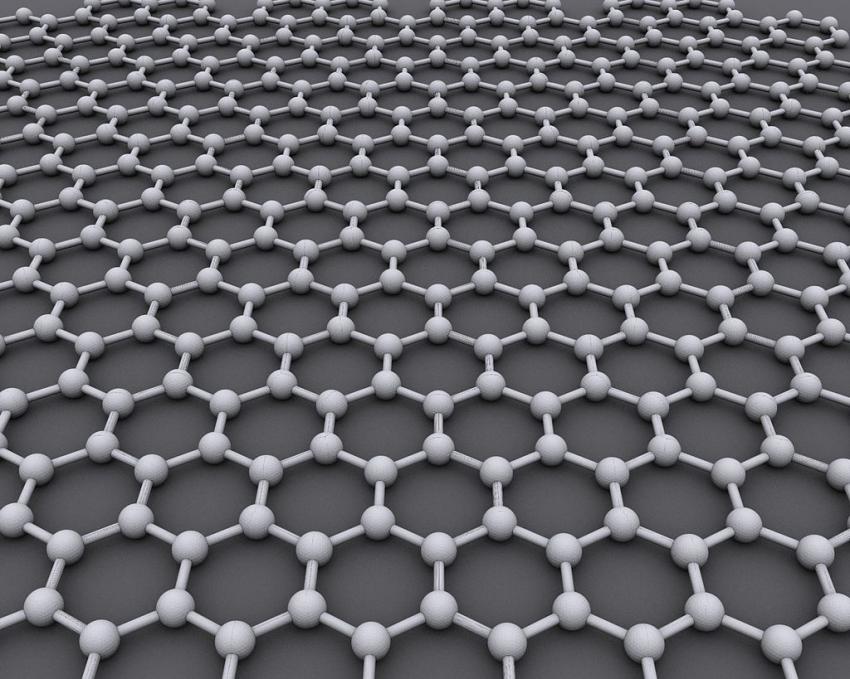- Biden's final UN speech seeks hope amid grim wars in the Middle East, Ukraine, Sudan
- 'Stop ripping us off': Novo Nordisk CEO faces Senate grilling over weight loss drug prices
- China launches probe into Calvin Klein parent over Xinjiang supply chain ‘disruptions’
- Commerzbank board member warns of significant job losses with a hostile UniCredit takeover
- Fed Governor Bowman explains dissent on rate vote, says she's worried about inflation
What do you believe is the single most important factor driving up the cost of living in Nigeria?

Our digital 3D models of huge coral reefs could help revive these precious ecosystems
As a team of marine biologists, assessing the health of thousands of square meters of coral reef can be a daunting prospect. Often, we have to monitor some of the most biodiverse ecosystems on the planet, and there's a strict time limit due to the safety regulations associated with Scuba diving.
Accurately measuring and classifying even small areas of reefs can involve spending many hours underwater. And with millions of reefs around the world that need monitoring in the face of looming threats to their existence, speed is critical.
But now, a digital revolution for coral reef monitoring could be underway, enabled by recent advances in low-cost camera and computing technology. Our new study shows how creating 3D computer models of entire reefs—sometimes known as digital twins—can help us monitor these precious ecosystems faster, more accurately and in greater detail than ever before.
We worked at 17 study sites in central Indonesia—some reefs were degraded, others were healthy or restored. We followed the same protocol at rectangular areas measuring 1000m² in each location, using a technique called "photogrammetry" to create 3D models of each reef habitat.
One of us Scuba dived and swam 2m above the coral back and forth in a "lawnmower" pattern across every square meter of this reef, while carrying two underwater cameras programmed to take photos of the seabed twice per second. Within just half an hour, we'd taken 10,000 high-resolution, overlapping pictures that covered the entire area.


- September 24, 2024
Lasers provide boon for manufacturing of ceremonial Thai umbrellas

- September 24, 2024
Understanding Antarctica's contribution to sea level rise

- September 24, 2024
Phytoplankton shield ice shelves from summer heat




- September 24, 2024
Who's to blame when climate change turns the lights off?

- September 24, 2024
Six initiatives for prioritizing undergraduate student well-being

- September 24, 2024
Improved cement shows promise for protecting coastline ecosystems

- September 24, 2024
Mechanism behind autophagy trigger unveiled

- September 24, 2024
MTN MoMo, TOFA, AliExpress ink e-commerce deal
Subscribe to our mailing list to get the new updates!

Subscribe our newsletter to stay updated
Thank you for subscribing!


